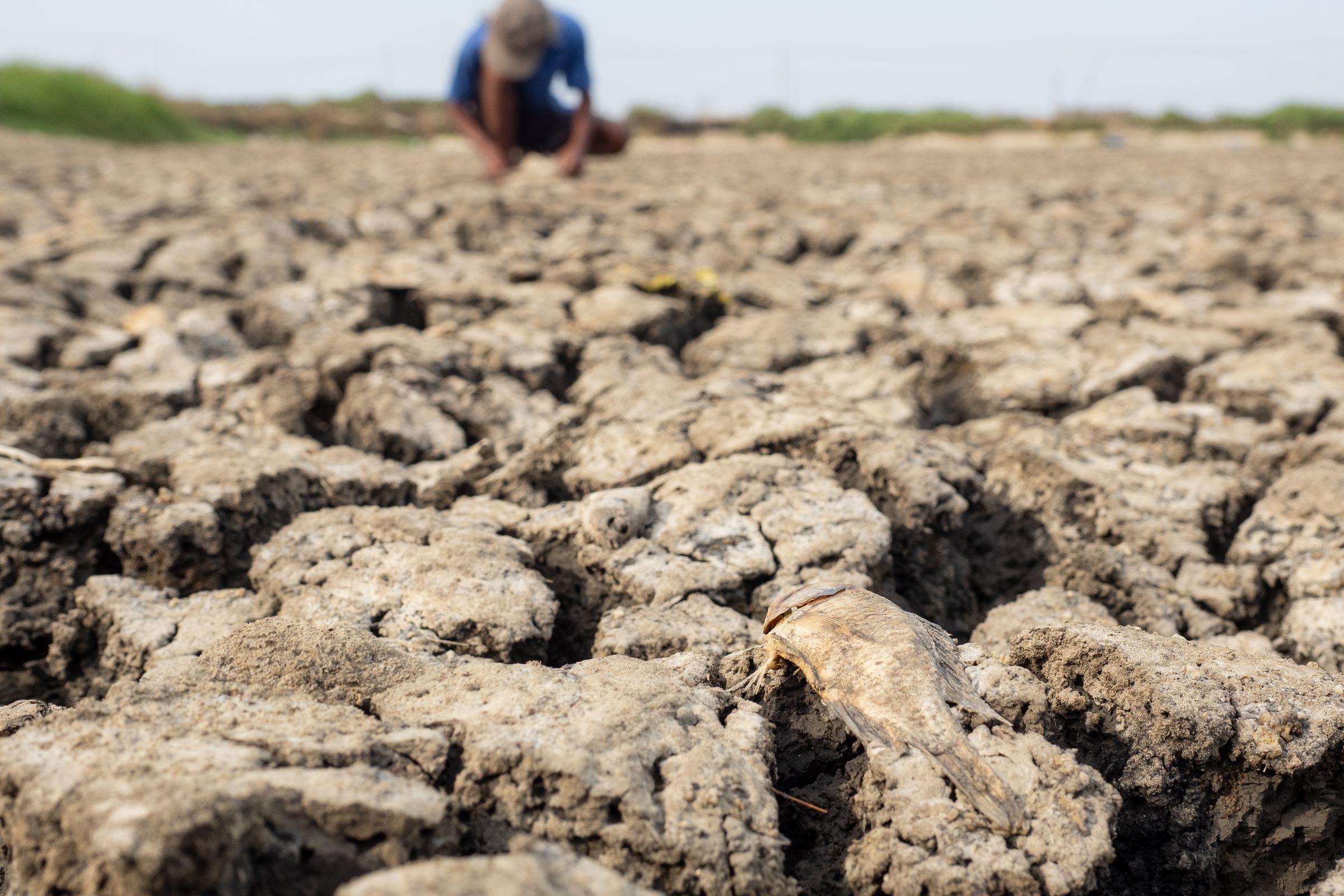





A strong El Niño would also break temperature records across the Caribbean, South China Sea, Amazon, and Alaska this year, according to the new research. The Caribbean, South China Sea, and Bay of Bengal could all face year-round marine heatwaves under this more extreme scenario. Severe drought could fuel wildfires in the Amazon, while sky-high temperatures might speed the loss of glaciers and permafrost in Alaska. Strong El Niños in the past have cost the global economy trillions of dollars.
Fortunately, the world might dodge a bullet this year with a moderate El Niño now looking most likely. But even that is expected to be enough to push the world past a new record for global average surface temperature by June. El Niño is forecast to end by then, but typically rolls back around every two to seven years.